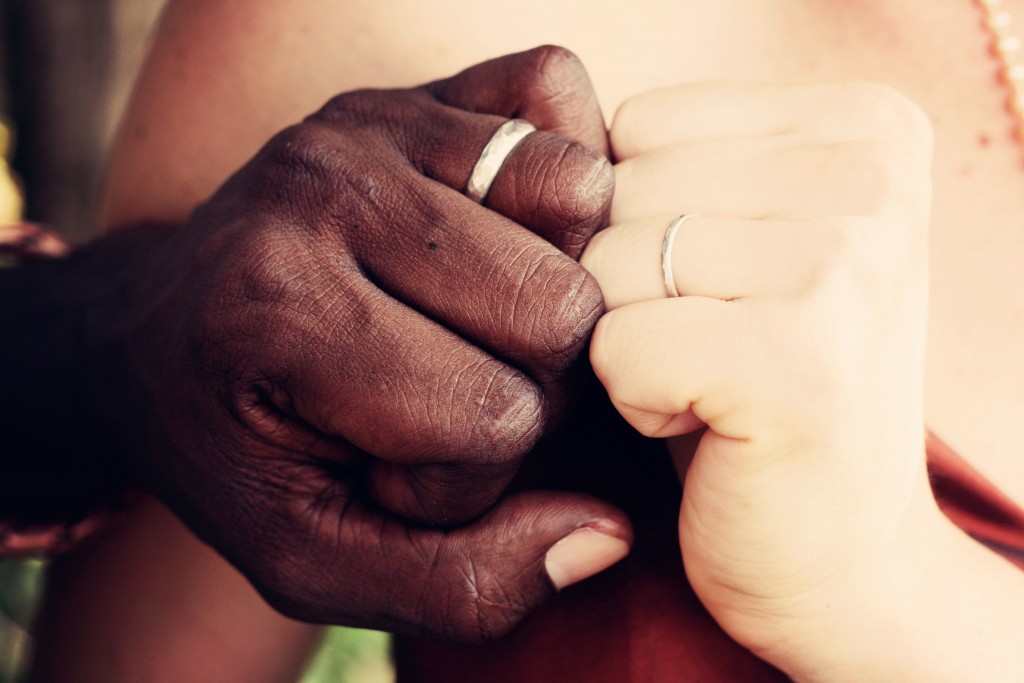Today (21 March 2016) is the International Day for the Elimination of Racial Discrimination. In this post we explain what is meant by race discrimination and how human rights and anti-discrimination laws help to combat inequality.
So, in plain English, what is race discrimination?
Race discrimination is when you are treated less favourably than someone else because of your race.
What do you mean by ‘race’?
In UK law, race is an umbrella term which can refer to different things:
- Skin colour;
- Nationality – where you are a recognized citizen (for example, a British citizen);
- National origin – determined by where you were born, (for example, English or Welsh); and
- Ethnic origin – based on cultural and religious factors which give a group of people a distinct social identity with a long and shared history. This includes, for example, Jewish people, Sikhs, Romani Gypsies and Irish Travellers.
Which laws protect us from race discrimination?
In the UK, the law primarily protects people from racial discrimination through the Human Rights Act 1998 and the Equality Act 2010.

How does the Human Rights Act protect people from race discrimination?
The Human Rights Act (‘HRA’) gives the European Convention on Human Rights (‘ECHR’) effect in UK law. The HRA applies to public authorities, including government departments, the police and the courts. None of these bodies can violate the rights contained in the Articles of the ECHR and people who believe their rights have not been respected can assert them in UK courts.
Article 14 ECHR ensures that no one is treated less favourably in the enjoyment of their rights because of one of the characteristics listed in Article 14, which include race, colour and national origin.
To have a claim under Article 14, another one of your human rights has to be engaged. For example, combining Article 2 Protocol 1 ECHR (the right to education) with Article 14 ECHR (no discrimination) means that you cannot be treated less favourably than other people on the ground of your race when exercising your right to education.
Article 14 prohibits both direct and indirect discrimination (described in more detail below). It permits some differences in treatment if they can be justified objectively.
Here are a few examples of how human rights laws have helped to combat race discrimination:
- British immigration officers at Prague airport were told to make it more difficult for Roma people to travel to the UK. The court said that racial discrimination is not permitted at any point in the asylum process.
- A defendant in criminal proceedings was convicted of fraud, but a member of the jury told the judge that his fellow jurors had made racist jokes about the defendant. The court decided that the trial was unfair as a result.
- Disproportionate numbers of Roma children were placed in special schools in the Czech Republic. This breached their right to access primary education and their right not to be discriminated against on racial grounds.
How does the Equality Act 2010 protect people from race discrimination?

Photo credit: Unsplash
Race is one of 9 ‘protected characteristics’ under the Equality Act 2010. The Equality Act applies to employers, education providers, people who provide goods and services to the public and anyone in the public sector. This means it is unlawful for these organizations to discriminate against anyone on the ground of their race. That includes:
Direct Discrimination: Treating someone less favourably than another person because of their race or perceived race. It also includes treating someone less favourably because of the race of someone they are associated with (such as a family member or colleague). An example of direct race discrimination would be if you are not served in a shop and another person of a different race is. Direct discrimination on the ground of race can never be justified under the Equality Act.
Indirect Discrimination: Having a policy or practice which seems to treat everyone equally but has the effect of putting people of a particular race at a disadvantage. For example, in 2011 a boy of Afro-Carribean origin was refused entry to his high school for having his hair in cornrows. The school had a policy that all boys should have a ‘short back and sides’ hairstyle. The court said this was indirect race discrimination, as the boy was not able to go to school and still follow his cultural and racial heritage.
Indirect discrimination can in some circumstances be justified if the policy or practice is a proportionate way of achieving a legitimate aim.
Harassment: Subjecting a person to unwanted conduct which makes them feel humiliated, offended or degraded because of their race. This can never be justified. Although in the employment context, if an employer has done everything they can to stop the harassment they may have a defence to a claim under the Equality Act.
Victimisation: Treating someone badly because they tried to assert their rights not to be discriminated against because of their race.
Why does this matter?
 Putting someone at a disadvantage because of their skin colour, nationality, national or ethnic origin is a particularly cruel and unjust form of discrimination. At RightsInfo, we are proud to support efforts to eliminate racial discrimination.
Putting someone at a disadvantage because of their skin colour, nationality, national or ethnic origin is a particularly cruel and unjust form of discrimination. At RightsInfo, we are proud to support efforts to eliminate racial discrimination.
Take a look at our ‘no discrimination’ poster and learn more about how human rights combat various forms of discrimination with our equality resources.







